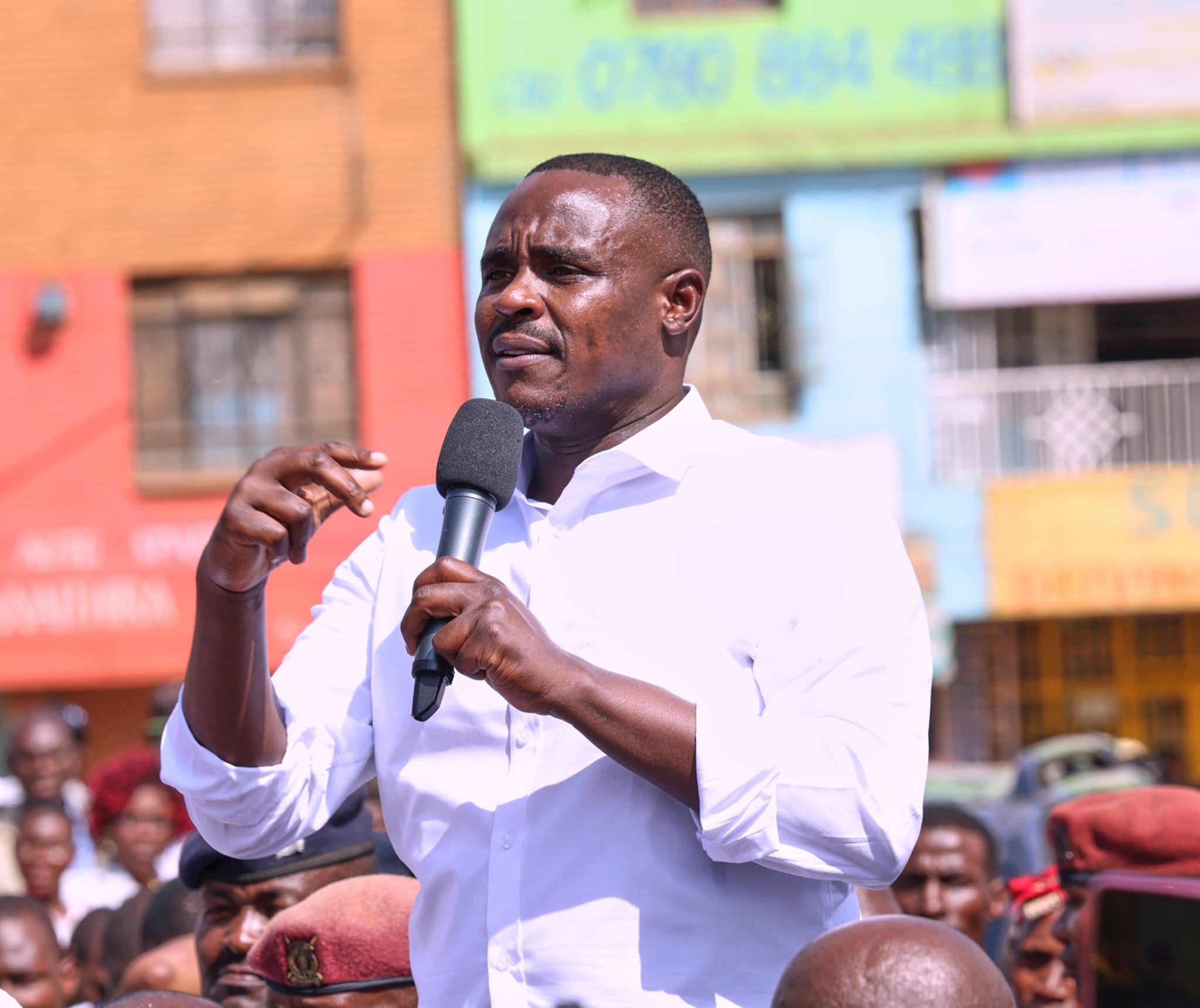How climate change can mess up Valentine’s Day

Valentine’s Day, founded in the tradition of gifting red roses, is a reminder of nature’s beauty and the delicate balance it maintains.
While 15–24°C with moderate humidity and limited sunlight create ideal conditions for these delicate blooms, rising temperatures threaten this harmony.
The future appears bleak, but adopting swift adaptation mechanisms offers a pathway out of this predicament.
Previously, adaptation remained on the backburner as mitigation took centre stage. Despite aiming to strengthen resilience, measuring progress in adaptation has been challenging.
However, a positive shift emerged at COP28, where the interconnectedness of adaptation, mitigation, and finance was acknowledged in the Sharm el Sheik Adaptation Agenda 2023 report.
Effective collective effort involving climate change adaptation, mitigation, and finance can curb greenhouse gas emissions and prevent temperature rise beyond 1.5°C, safeguarding not only the rose industry but also the very existence of love’s symbols. But what does adaptation look like?
Adaptation, understood as the ability to withstand climate change’s impact or bounce back after disaster, takes diverse forms. Thinking globally but acting locally (“glocal”) ensures solutions are relevant and impactful. Building sociological imagination — empathy and understanding — across various stakeholders is crucial for addressing challenges like climate change.
One unique platform for initiating climate change conversations is the nascent men’s conferences. For example, the 2024 Men’s Conference, themed “Discovery of Roots of Existence,” explored themes of community connection and building social capital. This platform can be a springboard for addressing the interconnected climate triad: adaptation, mitigation and finance.
Africa’s diversity requires context-specific solutions, not one-size-fits-all approaches. A multifaceted approach across nature, the economy, and human systems is necessary, emphasizing interconnectedness.
System thinking encourages holistic solutions that address multiple challenges simultaneously, such as how water conservation can benefit agriculture, trade, and even climate diplomacy.
While we once cherished receiving beautiful roses, nature now serves a stark warning with rising global temperatures. The hottest day ever recorded was in 2023! Failure to act threatens not only cherished symbols of love but also food security and livelihoods.
Building and investing in key infrastructure like water conservation through urban-rural partnerships and remittances is crucial. Diversification, as observed in the Men’s Conference, is another important adaptation mechanism. Encouraging men to view climate change as an immediate threat is significant.
Climate change threatens not only the flowers offered to loved ones but also the capacity to produce food shared during Valentine’s Day.
Urban-rural partnership through remittance for water conservation can be an innovative way of addressing climate finance gaps. Supporting rural communities with clean energy through such partnerships fosters resilience and reduces emissions. Joint investments in adaptation and mitigation solutions should be explored.
However, the partnership and collaboration must be scaled up. At the National and County levels of government, seamless working relationship between and among different actors and sectors is necessary.
The spirit of collective action is paramount in inculcating government operations that will optimize allocation and utilization of scarce resources to address climate financing challenges.
These ideas must also travel to the global stage where climate finance, loss and damage fund debate is underway. Expanding the horizon of climate action with a clear understanding of the interconnection and what is at stake could be a significant positive step.
Collective effort focusing on adaptation, mitigation, and finance is essential to address climate change. Together, we can ensure a future where love continues to bloom, not just on Valentine’s Day, but every day.
—The writer is climate change and food system communication consultant— shadrackagaki@gmail.com












